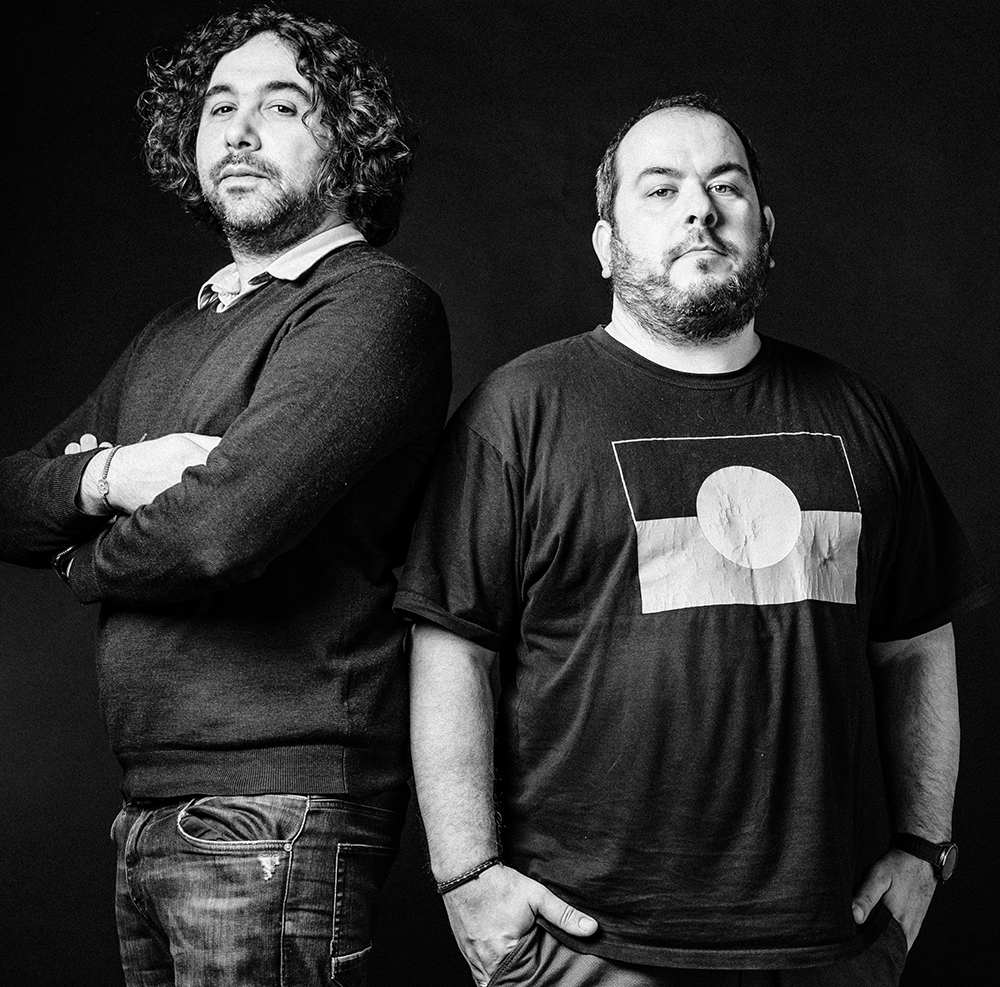
LE CARTEL’s SOUL
It is around friendship, food and wine passion, and constantly being surrounded by the Mediterranean Sea, that we built Le Cartel
It is around La Clape’s hills, close to this Ancient Island : The Phoenicians’ Lycia, that Le Cartel settled
It is around Lycia, became “Insula Laci”, “lakes island”, that the Romans landed more than two thousand years ago with vine plants
It is around this atavistic synthesis that our ambition is forged :
We are Mediterranean souls, sons of this sea, of this history, of this cultural, Bacchic and gastronomic crossroads, anchored in time through several millennia of history : we are Le Cartel.
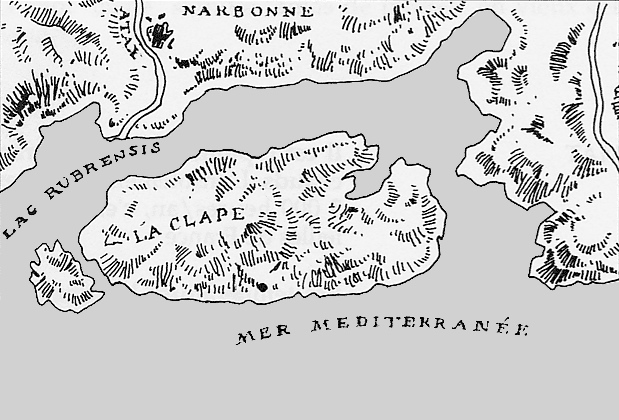

Insular Vines
Why insular vines?
Le Cartel settled in the village of Gruissan, in this unique region, at the entrance of Corbières Maritimes. We mainly work grapes from 2 very specific terroirs : vines from La Clape’s hills range and vines from L’île Saint-Martin.
La Clape was an antique island known by the Phoenicians and the Romans, before being belatedly attached to the mainland, after Aude river’s floods and alluvial deposits, during the Middle Ages.
The Phoenicians called the island “Lycia”; a probable reference to the similarity of its coasts with a well-known region of Mediterranean Anatolia, from which originated, according to the legend, the famous Saint-Christophe of Lycia.
Later on, Romans colonized the Island and renamed it “Insula Laci”, “Lakes’ island” , they began vine growing during the 2nd century BCE which makes this place among the world’s most ancient vineyards, with over 2000 years of history, a terroir recognized and appreciated throughout the ages.
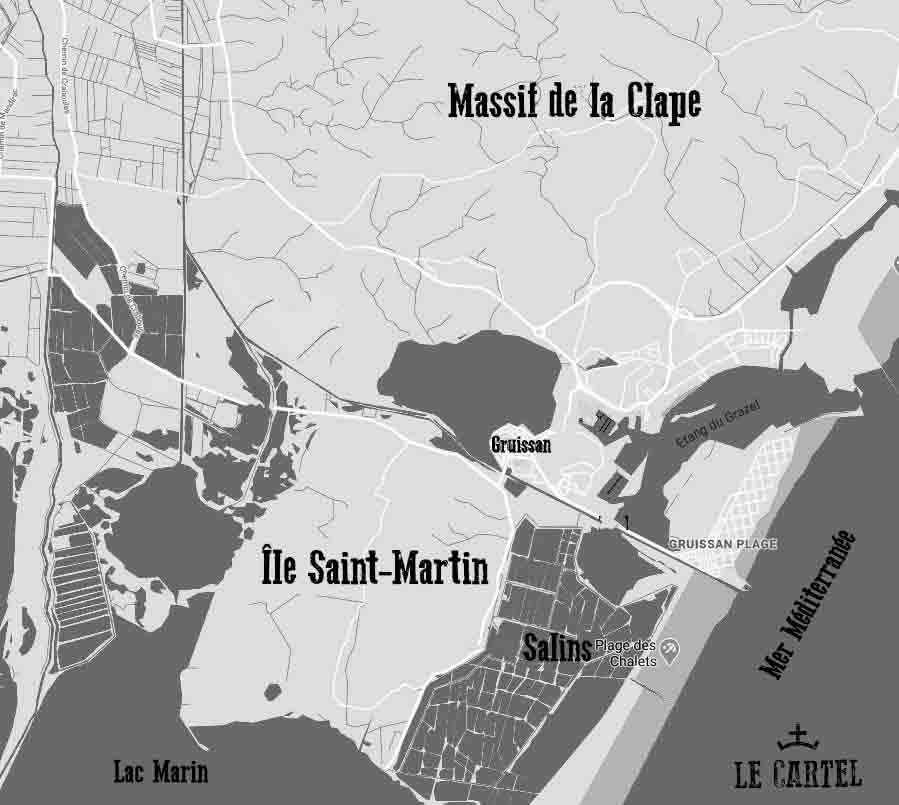

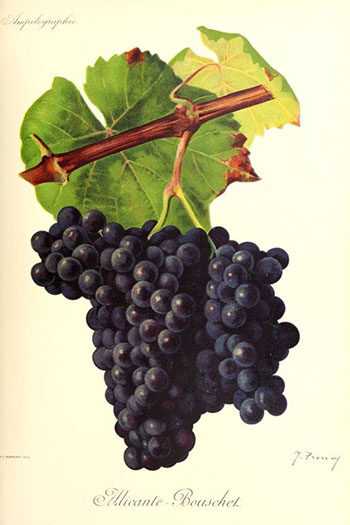
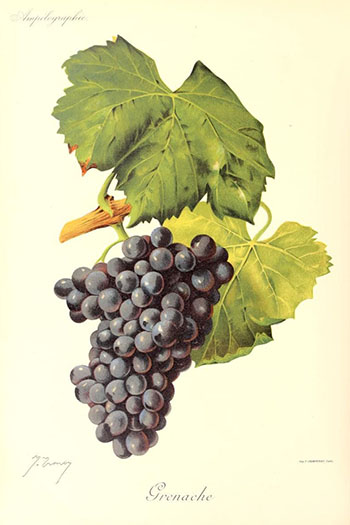
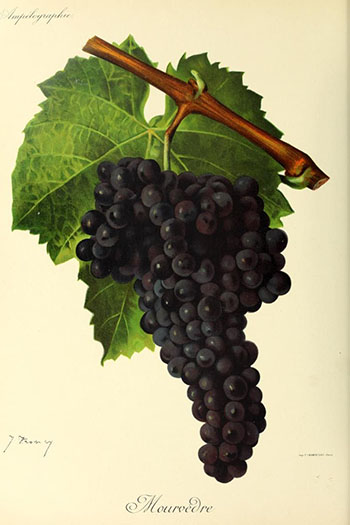
Located on the foothills, vines grow on thin, stony limestone soils, in a generally arid atmosphere, giving racy and concentrated wines.
Saint-Martin island, currently still surrounded by water, is part of the last extension of the massif de La Clape, it was also known during Roman era as being part of the Piplas islands
(Avenius – Ora Maritima IVth century).
The area was an annex of former Roman port complex “Narbo Martius”, famous throughout the lion’s gulf, evidenced by several archaeological relics of the Saint-Martin ancient coastal settlement.
We work on the eastern part of Saint-Martin, facing saline, at hills bottom.
Here, the clay-limestone soils are a little richer and less arid than La Clape main terroir.
This part of the island hosts very old vines, well rooted, giving deep and complex wines.
The vine plants evolve in an tempered atmosphere due to salt flats and the sea’s neighbourhood.
Located on the foothills, vines grow on thin, stony limestone soils, in a generally arid atmosphere, giving racy and concentrated wines.
Saint-Martin island, currently still surrounded by water, is part of the last extension of the massif de La Clape, it was also known during Roman era as being part of the Piplas islands
(Avenius – Ora Maritima IVth century).
The area was an annex of former Roman port complex “Narbo Martius”, famous throughout the lion’s gulf, evidenced by several archaeological relics of the Saint-Martin ancient coastal settlement.
We work on the eastern part of Saint-Martin, facing saline, at hills bottom.
Here, the clay-limestone soils are a little richer and less arid than La Clape main terroir.
This part of the island hosts very old vines, well rooted, giving deep and complex wines.
The vine plants evolve in an tempered atmosphere due to salt flats and the sea’s neighbourhood.









